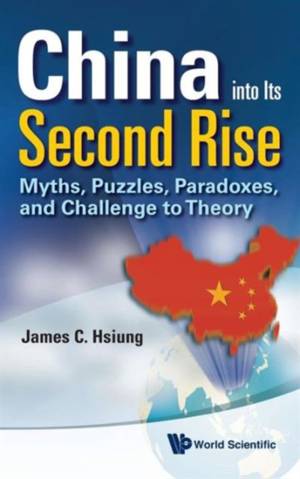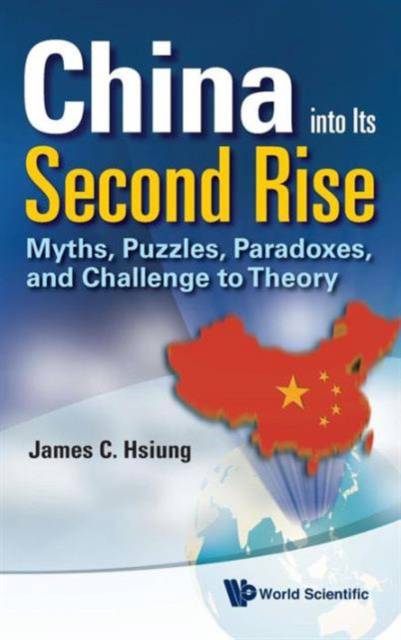
- Afhalen na 1 uur in een winkel met voorraad
- Gratis thuislevering in België vanaf € 30
- Ruim aanbod met 7 miljoen producten
- Afhalen na 1 uur in een winkel met voorraad
- Gratis thuislevering in België vanaf € 30
- Ruim aanbod met 7 miljoen producten
Zoeken
Omschrijving
This book seeks to demystify the re-ascendancy of China as a civilization state. China's politics and society are examined in the light of its living civilization, which is the only one of the ancient civilizations that has survived to this day. The book also contrasts China's development with that of the West and Japan. By combining the impact of internal political and socio-economic developments in China and its external relations (from the silk routes, the tribute system, to the modern day), it unravels the existing myths, puzzles, and paradoxes surrounding China and questions the adequacy of most of the Western political theories (such as realism in international relations) in an attempt to explicate China's re-emergence as a world power. It attempts to tackle squarely the question: Is China a threat to world order?The book traces the rationale for contemporary developments in China to the roots in the country's tradition as well as foreign influences and seeks to unravel the puzzle about the unique China Model that defies conventional thinking in political economy, with its sustained and incredibly rapid economic growth over the past three decades. This study on China's second rise provides a broad background that includes a meaningful scrutiny of the country's behavior during its first rise (713-1820) and beyond. In comparing China's ongoing second rise with its first ascent, the book not only refocuses on and reinterprets the example set during its first rise, but also takes into account the crucial lessons it learned during its century in eclipse in the interregnum, for the effects they have on the country's current orientation and behavior. The book follows an interdisciplinary approach, combining the cultural, intellectual-historical, normative-ideological, and social-scientific perspectives, to lend a more solid grasp of the present-day China. It ends with an educated speculation, based on the foregoing analyses, on the contours of a Pax Sinica that is likely to result from the impact of China's second rise as a world power.
Specificaties
Betrokkenen
- Auteur(s):
- Uitgeverij:
Inhoud
- Aantal bladzijden:
- 340
- Taal:
- Engels
Eigenschappen
- Productcode (EAN):
- 9789814324717
- Verschijningsdatum:
- 1/04/2012
- Uitvoering:
- Hardcover
- Formaat:
- Genaaid
- Afmetingen:
- 155 mm x 229 mm
- Gewicht:
- 612 g

Alleen bij Standaard Boekhandel
+ 372 punten op je klantenkaart van Standaard Boekhandel
Beoordelingen
We publiceren alleen reviews die voldoen aan de voorwaarden voor reviews. Bekijk onze voorwaarden voor reviews.











